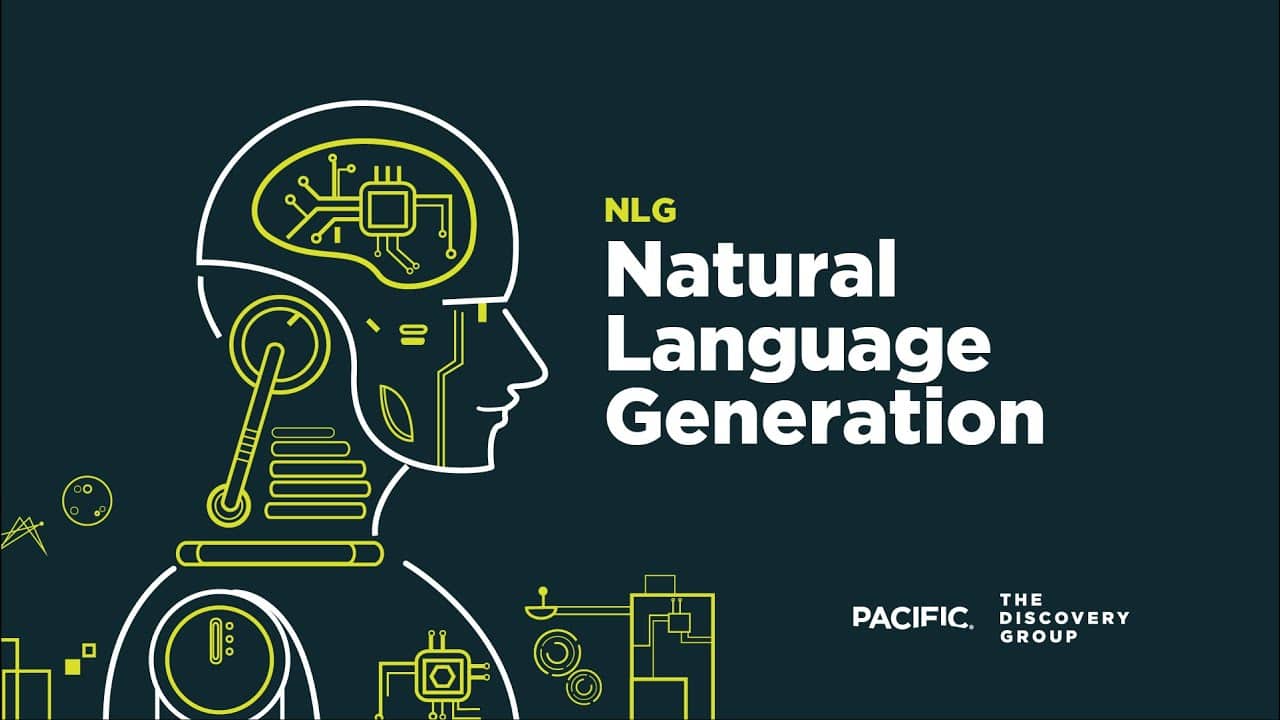Natural Language Generation (NLG) is a branch of Artificial Intelligence (AI) and Natural Language Processing (NLP) that focuses on automatically generating natural languages from structured data, such as databases or repositories. NLG is used to create natural language from structured input, generally resulting in documents, structured reports, and summaries. The goal of NLG is to produce natural language output that is as close as possible to human written language with only minimal manual intervention.
NLG technology is used in a variety of applications, including chatbots, natural language generation for documentation, automatic summarization, automatic report generation, text interface design, natural language-based query generation, natural language-based content recommendation systems, and machine-generated journalism. NLG has also been used to create educational materials, generate personalized messages, and generate natural language from multimedia such as images.
NLG involves at least two stages. The first is data structuring and the second is the generation of natural language output. The data structuring stage involves using a variety of techniques such as parsing, semantic analysis, and text tagging to structure and interpret the data. After the data is structured, an NLG system then generates natural language text.
NLG systems typically use statistical or rule-based models to generate the language. Statistical models examine the patterns in the data to determine which words and phrases should be used. Rule-based systems, on the other hand, rely on predefined rules to generate the language.
NLG systems can be used to generate meaningful language from low-level inputs, such as database results. For example, a NLG system could be used to generate English sentences from a database of customer transactions. The customer’s name, item purchased, and amount of the purchase could be input into the system, and the system would then generate natural language statements such as “John purchased a laptop for $500”.
In summary, Natural Language Generation (NLG) is a form of Artificial Intelligence (AI) and Natural Language Processing (NLP) which focuses on the automated generation of natural language from structured data. NLG systems typically use statistical or rule-based models to generate the language. NLG is used in a variety of applications, and is useful for creating natural language from low-level inputs.






